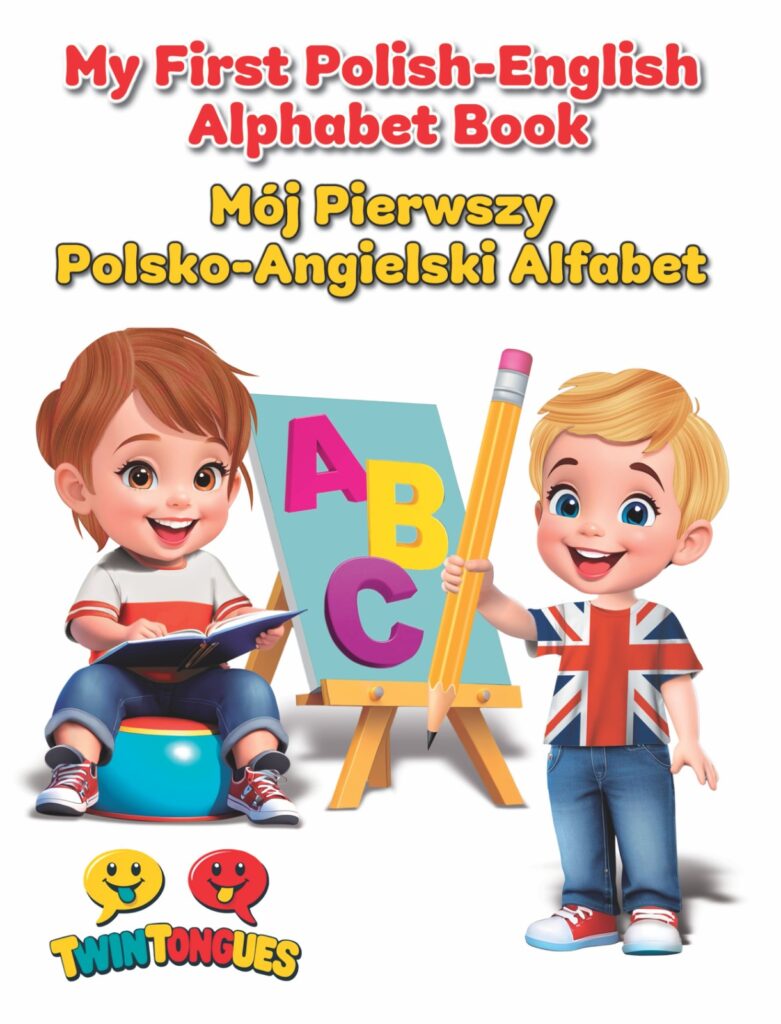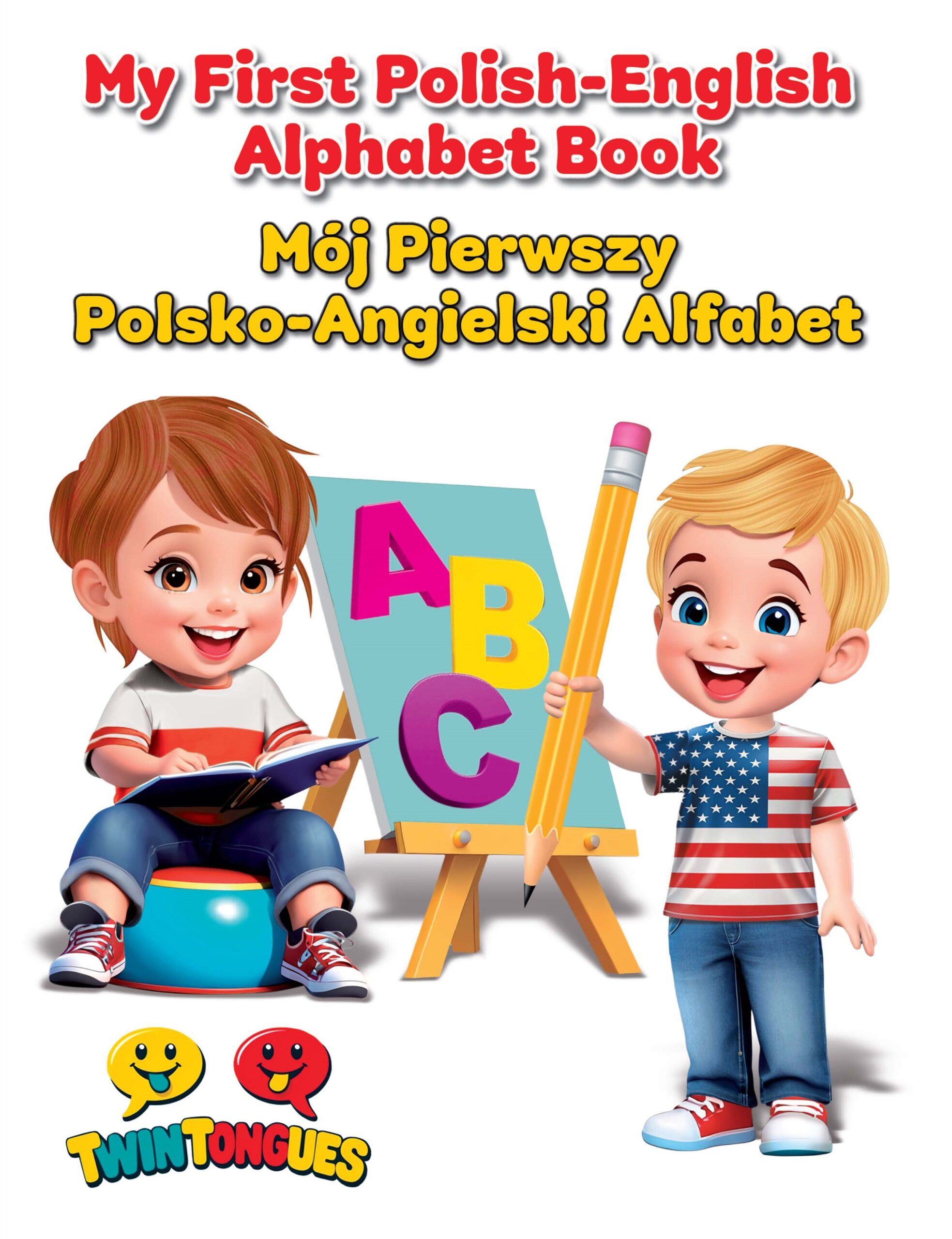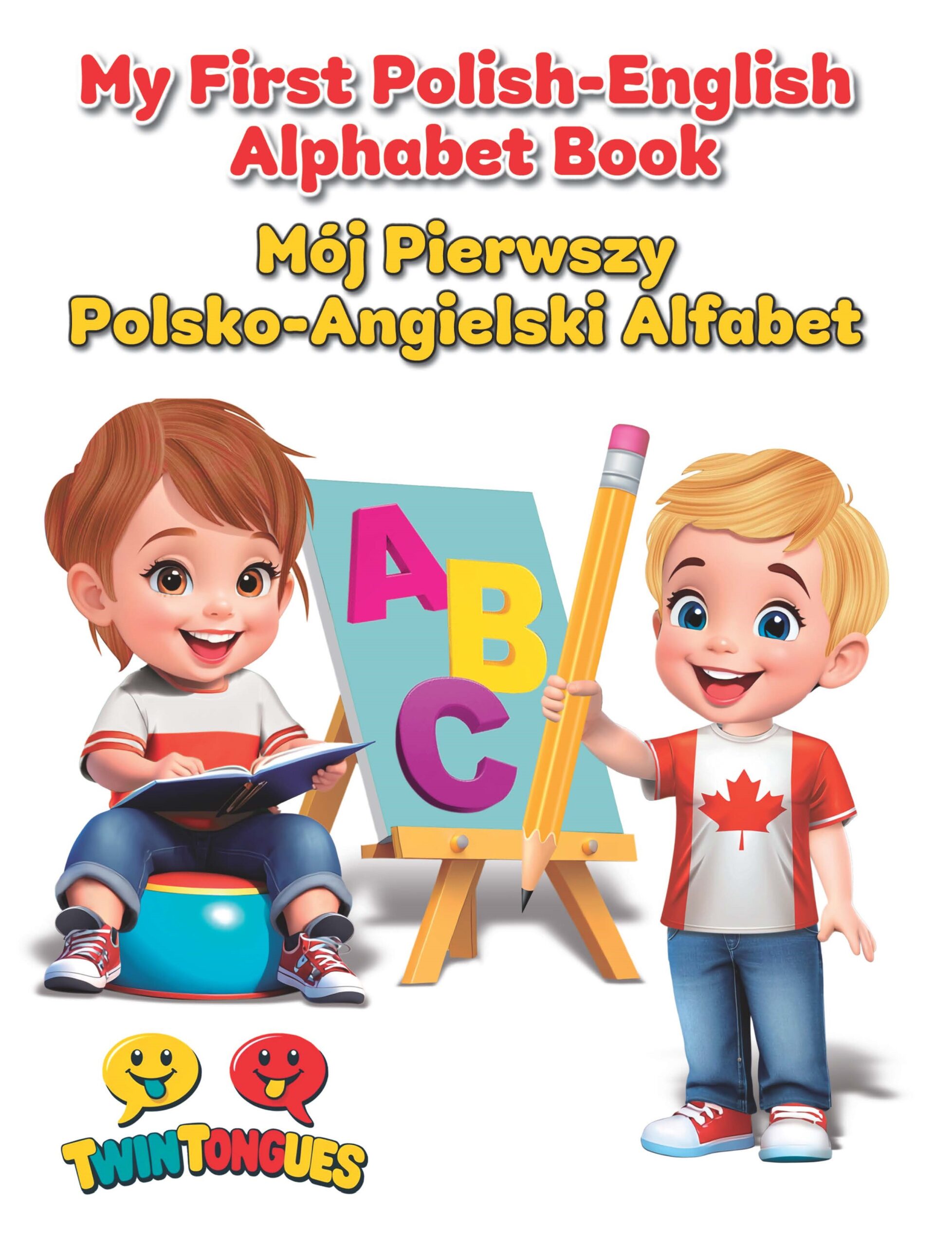Books
- Home
- Books
Our Collection
Explore Our Bilingual Book Collection
My First Polish-English Alphabet Book
Introduce little learners to the Polish and English alphabets with this colorful, engaging book designed to make bilingual learning fun.
My First Polish-English Alphabet Book - USA
Introduce little learners to the Polish and English alphabets with this colorful, engaging book designed to make bilingual learning fun.
My First Polish-English Alphabet Book - Canada
Introduce little learners to the Polish and English alphabets with this colorful, engaging book designed to make bilingual learning fun.
Coming Soon
My First Polish-English Wordsearch
Spark curiosity and build vocabulary with a bilingual word search book that’s perfect for early readers and language explorers.
Coming Soon
My First Polish-English Handwriting Book
Support handwriting skills while reinforcing Polish and English language basics in this interactive book for young writers.
Unlock the Joy of Bilingualism!
At Twin Tongues, we’re passionate about helping families nurture Polish-English bilingualism, building strong connections and vibrant cultural roots.



Testimonials
What People Are Saying About Our Books
Jhon Walker
Managing Director
Jhon Walker
Managing Director
Jhon Walker
Managing Director
FAQ's
Frequently Asked Questions
How do I start creating a language learning routine at home?
Start by setting up a dedicated language learning space—somewhere cozy and fun where your child feels excited to learn. Then, establish a consistent time each day for language activities, whether it’s 15 minutes in the morning or an hour before bed.
What are some fun activities to include in our language learning routine?
Mix up activities to keep things engaging! Try reading bilingual storybooks, cooking a meal from a country where the language is spoken, creating crafts with vocabulary words, or playing language-themed games. Variety helps reinforce learning in different ways.
How can I use technology to support language learning?
There are great apps, online games, and videos that make language learning interactive. However, balance tech time with hands-on activities like reading, crafting, or playing language games. Technology should enhance the learning experience, not replace in-person engagement.
How can I make language learning social for my child?
Invite friends or family members over for bilingual playdates or set up virtual chats with relatives who speak the target language. Group activities like storytelling or playing games in two languages can make learning more fun and interactive.
What should I do when my child seems frustrated or unmotivated?
Be patient and flexible! Some days will be easier than others. If a particular activity isn’t working, switch to something new, like dancing to a bilingual song or acting out a story. Keeping things light and fun will help motivate your child.
How do I keep my child motivated to learn a new language?
Celebrate small wins! Every new word or phrase learned is a reason to celebrate. Use a reward system with stickers, stamps, or even simple high-fives to acknowledge progress. Create milestones, like finishing a book or mastering a new song, and celebrate with a special treat.
How can music and movement be part of language learning?
Music is a fantastic tool! Sing songs in the target language and have fun dancing along. This helps with pronunciation and makes language learning more enjoyable. Plus, it’s a great way to burn energy before quieter activities like reading.
What’s the best way to stay consistent with a language learning routine?
The key is to make language learning part of your daily rhythm. Incorporate it into things you already do, like reading at bedtime, cooking, or playtime. Consistency is crucial, but it’s okay to be flexible if routines need to shift.
Should I be involved in the language learning process?
Absolutely! Your enthusiasm for the language will encourage your child. Lead by example—show them that learning is a lifelong journey. Try using new words in everyday activities or watch a show together in the target language.
How do I make language learning fun?
Make it playful! Use silly voices during storytime, incorporate games and challenges, and be open to making mistakes. The more enjoyable the experience, the more your child will embrace language learning as a natural part of their life.



